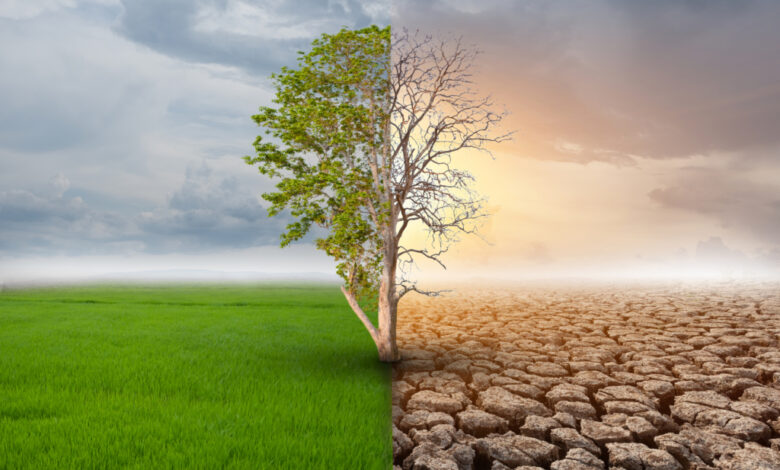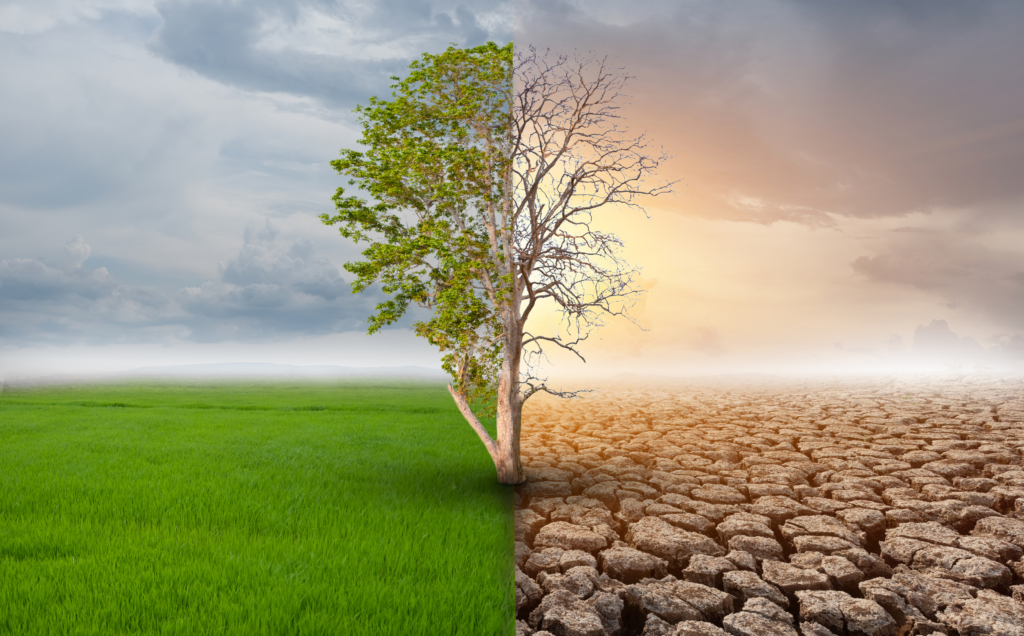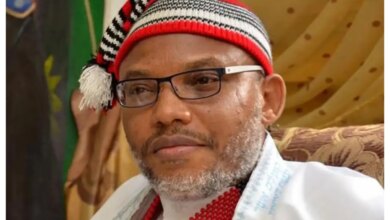Developing countries need $310bn annually for climate adaptation – UNEP warns as finance gap widens


A new United Nations report has revealed a massive shortfall in funding to help developing countries adapt to the worsening impacts of climate change, warning that the world is far off track in meeting its promises.
The UN Environment Programme (UNEP) says developing nations will need over US$310 billion every year by 2035 to adapt to climate change — a figure 12 times higher than the current international public adaptation finance flows.
The latest Adaptation Gap Report 2025, titled ‘Running on Empty’, paints a worrying picture of slow progress and rising risks.
It warns that without urgent action, the Glasgow Climate Pact goal of doubling adaptation finance to about US$40 billion by 2025 will not be met.
“Adaptation is not a cost – it is a lifeline. Closing the adaptation gap is how we protect lives, deliver climate justice, and build a safer, more sustainable world,” said UN Secretary-General António Guterres.
He said climate impacts are accelerating. Yet adaptation finance is not keeping pace, leaving the world’s most vulnerable exposed to rising seas, deadly storms, and searing heat. Let us not waste another moment.
A Growing Financial Gap
The UNEP report shows that the US$310 billion annual estimate is based on modelled costs. When national adaptation plans and climate pledges are considered, the figure rises to US$365 billion per year, based on 2023 values and not adjusted for inflation.
In contrast, international public adaptation finance to developing countries fell from US$28 billion in 2022 to US$26 billion in 2023, leaving a funding gap of between US$284 and US$339 billion every year.
The previous UNEP estimate projected a gap of US$194–366 billion by 2030, but rising global temperatures and worsening climate disasters have pushed that number even higher.
The report notes that 172 countries now have at least one national adaptation policy, strategy, or plan in place. Only four have yet to begin the process. However, 36 of these plans are outdated, having not been revised in at least ten years — a situation that increases the risk of maladaptation.
Countries reported more than 1,600 adaptation actions in their Biennial Transparency Reports under the Paris Agreement, focusing on areas like agriculture, biodiversity, water, and infrastructure. Yet few countries are tracking the actual results and impacts of these actions, making it difficult to assess their success.
Financing Promises Still Unmet
While support for new projects through the Adaptation Fund, Global Environment Facility, and Green Climate Fund rose to nearly US$920 million in 2024, UNEP warns that this may only be a temporary spike. Emerging financial constraints mean future funding remains uncertain.
The New Collective Quantified Goal (NCQG) for climate finance, agreed at COP29, commits developed nations to provide at least US$300 billion annually by 2035 for both mitigation and adaptation. But UNEP says this is not enough to close the gap.
Two key reasons stand out: If inflation continues at the past decade’s rate, adaptation needs will rise to US$440–520 billion annually by 2035.
The US$300 billion target covers both mitigation and adaptation — meaning adaptation will receive only a smaller portion.
Roadmap for Hope, but with Caution
The Baku to Belém Roadmap, which aims to raise US$1.3 trillion by 2035, could help close the funding gap. But UNEP warns that financing must come as grants and concessional, non-debt-creating instruments to avoid increasing the debt burden on developing countries.
“Every person on the planet is living with the impacts of climate change: wildfires, heatwaves, desertification, floods, rising costs and more,” said Inger Andersen, Executive Director of UNEP.
She said as action to cut greenhouse gas emissions continues to lag, these impacts will only get worse, harming more people and causing significant economic damage.
She added that the world needs a “global push to increase adaptation finance – from both public and private sources – without adding to the debt burdens of vulnerable nations.”
“Even amid tight budgets and competing priorities, the reality is simple: if we do not invest in adaptation now, we will face escalating costs every year,” Andersen warned.
Private Sector’s Untapped Potential
Private sector investment in adaptation remains very low — around US$5 billion per year. However, UNEP estimates that with the right incentives and risk-reducing mechanisms, private investment could increase to US$50 billion annually.
This, the report notes, would require targeted policy action and blended finance models that combine public and private resources.
Released ahead of COP30 in Belém, Brazil, the Running on Empty report sends a strong warning to world leaders: progress on adaptation is happening, but far too slowly.
Unless global financing and cooperation accelerate now, developing nations — already on the frontline of floods, droughts, and heatwaves — will continue to suffer the most.
As António Guterres put it bluntly: “Adaptation is not a cost – it is a lifeline.”
DISCLAIMER: The Views, Comments, Opinions, Contributions and Statements made by Readers and Contributors on this platform do not necessarily represent the views or policy of Multimedia Group Limited.
DISCLAIMER: The Views, Comments, Opinions, Contributions and Statements made by Readers and Contributors on this platform do not necessarily represent the views or policy of Multimedia Group Limited.
Source link





